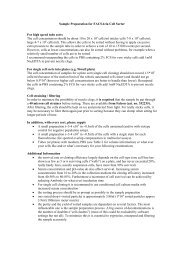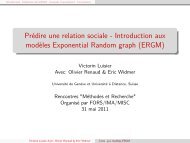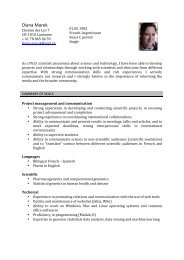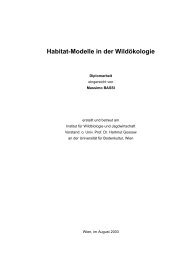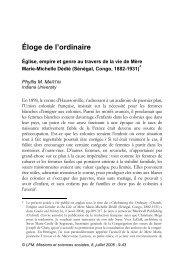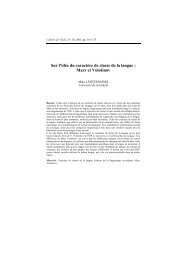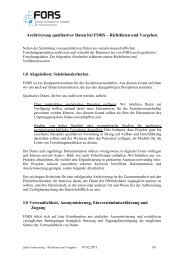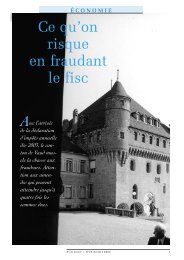conference programme book - European Survey Research ...
conference programme book - European Survey Research ...
conference programme book - European Survey Research ...
You also want an ePaper? Increase the reach of your titles
YUMPU automatically turns print PDFs into web optimized ePapers that Google loves.
THURSDAY 21 JULY 137• Francesco Laganà - University of Lausanne, Switzerland• Lavinia Gianeoni - Misc - University of Lausanne, Switzerland• Oliver Lipps - FORS - Swiss Foundaon for <strong>Research</strong> in Social Sciences, Switzerland3.19.1 What standard surveys can learn from immigrant surveysJ. Dollmann 1 , F. Kalter 2 , I. Kogan 21 Mannheim Centre for <strong>European</strong> Social <strong>Research</strong> MZES, University of Mannheim, Germany; 2 University ofMannheim, GermanyThe problems when interviewing immigrants in standard populaon surveys are well documented. Their contactand cooperaon rates are usually lower compared to their nave counterparts. Moreover, higher arionrates aggravate this problem, leading to overall lower response rates in panel studies. Preliminary results fromthe German part of the Children of Immigrants Longitudinal <strong>Survey</strong> in Four <strong>European</strong> Countries (CILS4EU) showthat both set of problems can be solved by using a tailored design approach. In this contribuon, we focus onthe parental sub survey of CILS4EU consisng of a self-compleon interview with a telephone follow up in casethe quesonnaire was not returned by the parents...3.19.2 Naonal minories and their representaon in Swiss surveys. Analysis of causes and remediesF. Laganà 2 , G. Elcheroth 2 , O. Lipps 11 FORS - Swiss Foundaon for <strong>Research</strong> in Social Sciences, Switzerland; 2 University of Lausanne, SwitzerlandThe paper presents the main results obtained from an interdisciplinary Swiss working group that analyses therepresentaon of naonal minories in social surveys. We address three research quesons: Are naonalminories, overall, correctly represented in Swiss surveys? Which minority communies, or social subgroupswithin them, are under-represented? How effecve are soluons proposed in the methodological literatureto correct for such minority bias?3.19.3 Is it Possible to Measure Race and Ethnicity in the U.S. Census With Acceptable Accuracy?D. Dillman 11 Washington State University, United StatesIs it Possible to Measure Race and Ethnicity in the U.S. Census With Acceptable Accuracy?Don A. Dillman3.20 Preferences and Well-being in Europe ITo be held on July 21, 2011 from: 11:00 to 12:30, in room 303.Coordinated by: Mariya Aleksynska - CEPII, France3.20.1 Is habituaon an illusion ? Using ”natural vignees” to disnguish the sasfacon and the hedonictreadmillsX. Fontaine 11 Paris school of Economics - EHESS, FranceHabituaon to circumstances is a central topic for sciensts interested in the determinants of well-being. Unfortunately,any aempt to evaluate the extent of this phenomenon (named ”hedonic treadmill” by Brickman& Campbell, 1971) using subjecve well-being data is subject to some important methodological cricisms.The main of them arises from the plausible existence of what Kahneman called the ”sasfacon treadmill”(Kahneman, 1999).



